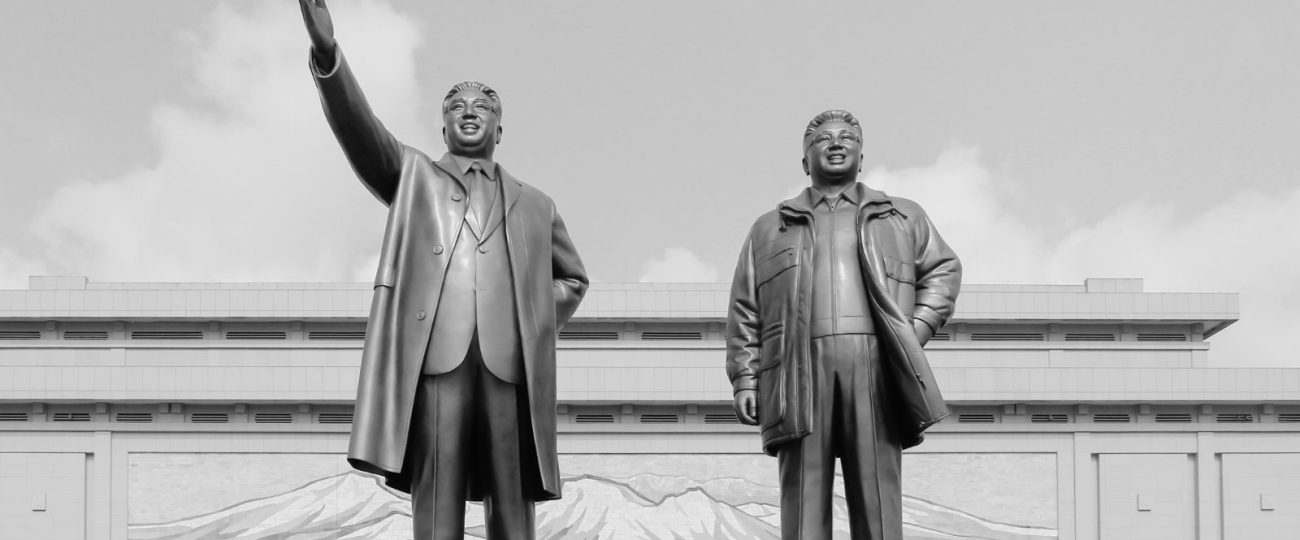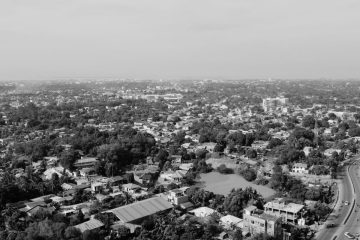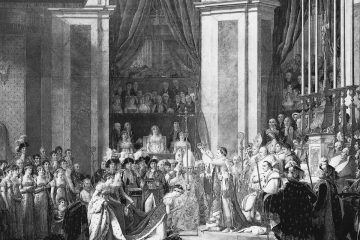What Happened On September 9th?
On September 9, 1948, Kim Il-sung officially declared the formation of the Democratic People’s Republic of Korea (DPRK) in Pyongyang. As crowds gathered for a carefully orchestrated celebration, Kim delivered a speech proclaiming the birth of a sovereign communist nation, built on his vision of “juche” (self-reliance). However, behind this momentous event lay years of Soviet planning and influence that had shaped Kim’s rise to power. While Kim stood as the figurehead of the new regime, the Soviet Union had worked diligently behind the scenes to position him as their chosen leader.
Soviet General Terentii Shtykov, who had overseen North Korea since the end of World War II, orchestrated much of the day’s spectacle. Many of Kim’s early public appearances, including this one, had been carefully managed by Soviet officials to create the image of him as a liberator. The fanfare on September 9th included a grand military parade, showcasing the newly trained North Korean People’s Army, equipped with Soviet weaponry, symbolizing the strength of the new state and its deep connections to Moscow.
Although Kim Il-sung officially came to power in 1948, his rise had begun long before that. During the 1930s, he led a small group of anti-Japanese guerrilla fighters in Manchuria, a region where Chinese and Soviet forces frequently clashed with Japanese forces. What many don’t realize is that Kim’s guerrilla efforts were relatively modest in scale, and his recognition within Korea remained limited until the final stages of World War II. After Japan’s defeat, Kim fled to the Soviet Union, where Soviet authorities provided him with formal military training and political guidance.
Kim’s rise to power came after Soviet forces liberated northern Korea from Japanese occupation in 1945. Soviet officials, seeking to install a communist regime that aligned with their interests, selected Kim as their preferred leader. Soviet intelligence had monitored Kim’s activities and viewed him as loyal and capable. By the time Korea was divided along the 38th parallel, Kim had already gained Moscow’s backing, which allowed him to outmaneuver other potential leaders within the Korean communist movement.
The Soviet Union played a central role in shaping North Korea’s political and military regime, but China also had a profound influence on Kim Il-sung’s policies. Kim had spent a great deal of time in China during the 1930s, where he forged relationships with Chinese Communist leaders like Mao Zedong. These connections proved essential not only in the formation of the DPRK but also in the subsequent Korean War, when China intervened to support Kim’s regime. Without Chinese military support, Kim’s position might have been far more precarious.
After the DPRK’s establishment, Soviet aid continued to flow into North Korea. Soviet engineers assisted in rebuilding North Korea’s infrastructure, which had been damaged during the Japanese occupation. The USSR supplied heavy machinery and industrial equipment to the fledgling state. What often goes unnoticed is that many of these factories and railroads had been initially constructed by the Japanese during their occupation of Korea, and the Soviets repurposed them for the benefit of the North Korean economy.
In the months following the creation of North Korea, Kim Il-sung moved swiftly to consolidate his authority. Although he had emerged as the public face of the new regime, he faced opposition from other factions within the Korean Workers’ Party. Some of these factions were led by individuals who had fought alongside Kim during the anti-Japanese resistance. Others had strong ties to the Soviet Union or China, which threatened Kim’s hold on power. To eliminate these threats, Kim initiated a series of purges within the party, ensuring that potential rivals were removed.
One such instance involved the removal of domestic communist leaders who had been viewed as Soviet loyalists. Kim saw these figures as a direct threat to his autonomy, and by the early 1950s, he had successfully purged most of them. Kim also expanded the role of the State Security Department, a secret police organization modeled after Soviet intelligence agencies. This force played a vital role in eliminating dissent, as it spied on citizens, party members, and even military officials who might oppose Kim’s regime.
Kim Il-sung had grand ambitions for North Korea, both in terms of industrial development and military strength. With Soviet assistance, North Korea underwent rapid industrialization in the years following the creation of the DPRK. Factories, coal mines, and power plants were rebuilt across the country, enabling North Korea to become a significant industrial power by 1950. One aspect often overlooked is that North Korea’s industrial output quickly surpassed that of South Korea, which had struggled under U.S. military administration during the same period. This industrial success allowed Kim to pursue his military ambitions with confidence.
North Korea’s military buildup also accelerated dramatically after 1948. Soviet officers trained the North Korean People’s Army, which had received tanks, artillery, and aircraft from the USSR. By 1950, the North Korean military was among the best equipped in East Asia. Kim relied on this military strength to launch an invasion of South Korea in June 1950, an event that triggered the Korean War. The invasion was meticulously planned, and Soviet military advisors had contributed significantly to its design. Although the war eventually ended in a stalemate, Kim’s military power allowed him to secure control over the northern half of Korea, cementing his regime’s survival.





